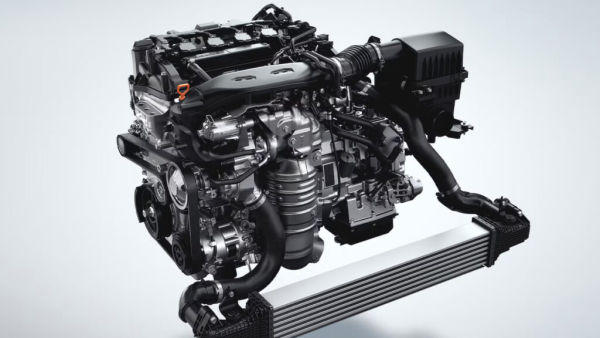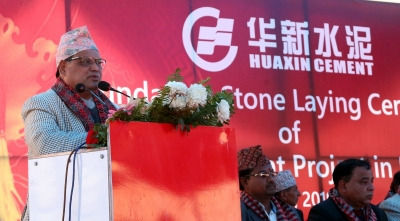The era of cheap high-revving engines that once screamed up and down America’s highways has largely faded as fuel economy and emissions regulations have forced automakers to rethink how modern cars make power. Instead of having engines spending lots of time running near the redline, modern vehicles are tuned to deliver ample power in low rpm ranges to satisfy modern consumers and regulatory agencies. Automakers also now calibrate drivetrains to favor fuel savings over cool sounds as United States Corporate Average Fuel Economy (CAFE) standards climb toward the 50.4 miles per gallon benchmark established for 2031.
These ever-increasing requirements for an automaker’s entire fleet encourage a strategy known as “downspeeding.” This involves the use of higher transmission and axle ratios to keep engines turning slower when cruising to boost fuel efficiency and reduce emissions. Most vehicles that are produced today have computer-controlled automatic transmissions or CVTs which are tuned for smooth, low-rpm operation. Meanwhile, noise and particulate regulations — particularly in Europe — have prompted engineers to make quieter cars, further muting what used to be a symphony of pistons and valves.
How engineers made cars run quieter
Over the past two decades or so, automakers have employed a few tactics to maximize low-rpm torque and real-world efficiency. Turbocharging small-displacement engines allows them to produce torque comparable to larger naturally aspirated units at lower rpm, reducing the need for high-rev running. Electronic CVTs and six and eight- speed automatics also work to keep engines operating within their most efficient rpm range during acceleration and highway cruising. This helps with fuel economy and power delivery while simultaneously making cars run more quietly.
This also ensures smoother and more consistent acceleration, and hybrid drive trains maximize these effects. Their electric motors silently supply low-speed torque, allowing the internal combustion engine to remain in a narrow, efficient band as much as possible. In combination, all these engineering choices have pushed the high-rev screamers off to the shoulder while making modern cars ready for the future.
In Asia and Europe, tax policies discourage high-revving engines
In the United States, the math is simple: fuel economy rules and industry regulations are used to influence design, production, and sales. In many other countries, they let taxes do the work. In Japan and Singapore, annual road tax is assessed according to engine displacement. Indonesia and Thailand base taxes on emissions, and European drivers pay an annual fee based on their car’s fuel consumption and emissions rating.
Carmakers in all of these markets use automatics with closely spaced gear ratios and CVTs for better fuel economy and a quieter ride by tuning them to minimize engine revs and this fuel-saving tactic has the added consequence of reducing engine and exhaust noise. In today’s new car market, the affordable high-rpm options are pretty much gone and you’ll have to pay more to get an engine that really sings. For example, the 2025 Toyota GR Corolla’s engine goes to 7,000 rpm and the 2025 Volkswagen Golf R Black Edition can rev to 6,600, but both cars cost over $50,000. The 2022 Porsche 911 GT3 still revs to 9,000 rpm, but it starts at $161,000. You can still find cheap used ’80s and ’90s screamers like the 1997 Honda Del Sol with a 1.6-liter V-TEC engine that revs at up to 7,600 rpm, though. Kelley Blue Book values this fun machine at around $4,000 depending on variant, mileage and location.





